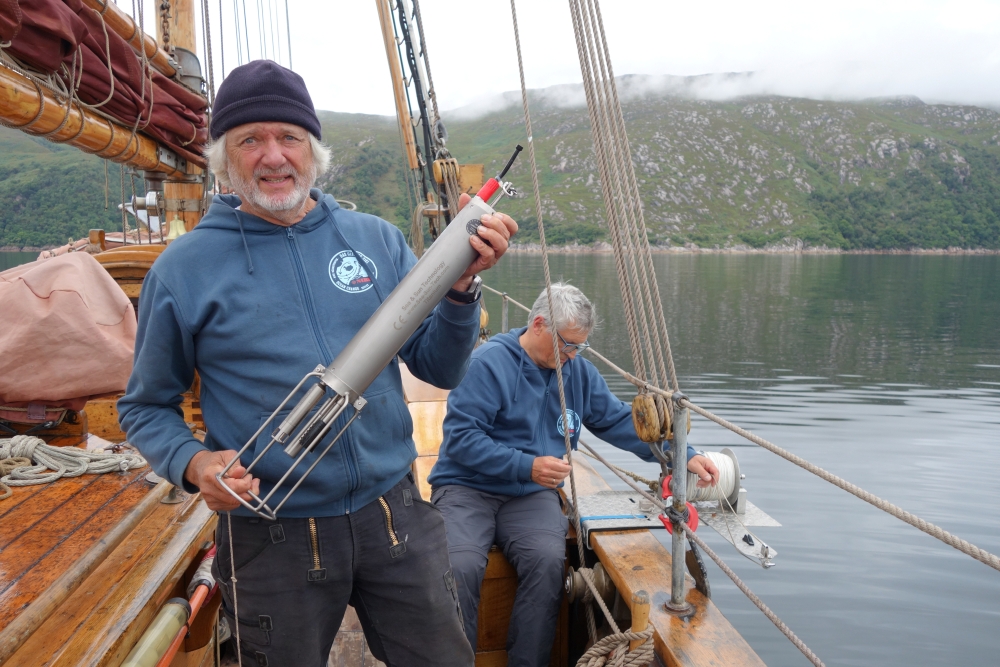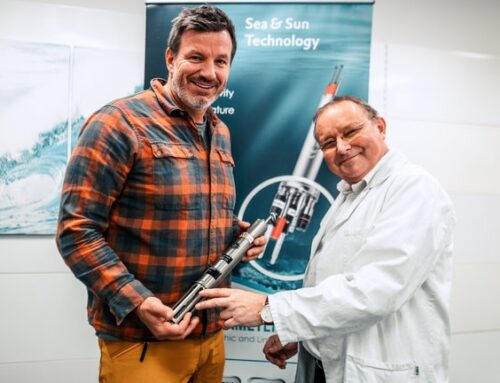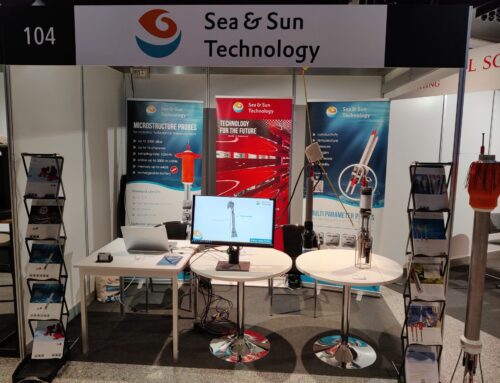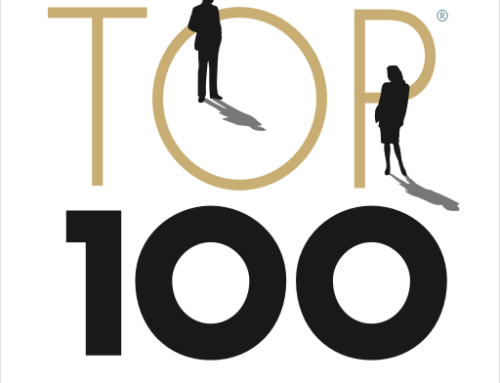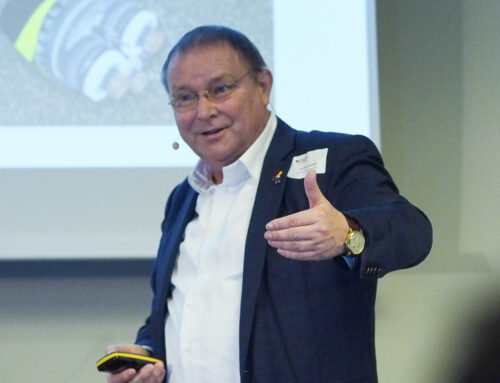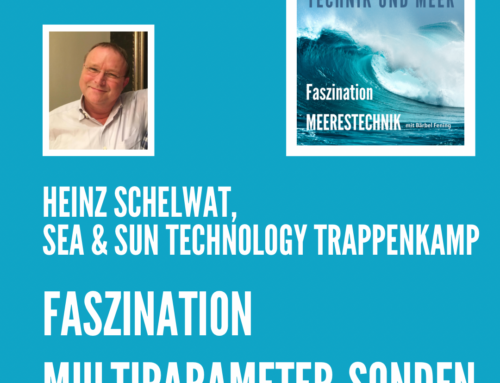Arved Fuchs is a German polar explorer and author. He has been using Sea & Sun Technology probes on his expeditions for many years. We spoke to him about his expeditions, our probes and their use on his expeditions, as well as our microalgae products.
SST: Please tell us something about yourself and your special relationship with the sea.
Arved: My grandparents lived on Sylt at the time and both my grandfather and my uncle went to sea. As a young boy, I often stood on the beach in Westerland and looked at the horizon and thought that I really wanted to go where the sky and water meet. So the affinity for the sea is literally in my genes.
SST: How did you get to know Heinz Schelwat and Sea & Sun Technology (SST)? Is there a nice story about that?
Arved: We met at an event organized by GMT (Gesellschaft für Maritime Meerestechnik e. V.) and Heinzi then invited me to Trappenkamp because of the Ocean Change project. That must have been in 2018.
SST: When did you start working with SST’s maritime measurement technology?
Arved: Heinzi offered me the opportunity to take a CTD probe with me on my expeditions. Since then we have been visiting each other and meeting regularly; there are lots of cross-connections. These nice meetings often end with a delicious meal at the Pizzeria da Franco in Trappenkamp.
SST: What measuring devices do you use on your expeditions?
Arved: We use the 75 multiparameter CTD probe. This is currently in Trappenkamp for maintenance and calibration.
SST: For what purposes do you use the probe; which parameters do you primarily measure?
Arved: We measure salinity, temperature and chlorophyll-a concentration. The temperature, pressure and conductivity data can then be used to calculate the parameters for density and sound velocity. The probe can measure to a depth of 1,000, but we generate the data from a depth of around 500 meters.
SST: What do you value most about the devices?
Arved: The reliability and ease of use: the probe is easy to handle, even for a layman. We are not comparable to a professional research vessel. We see ourselves as a “ship of opportunity” that does meaningful work by collecting new additional data, particularly from remote areas of our planet, and thus contributing to research into the causes and consequences of global warming. We forward the wealth of valuable data directly to the GEOMAR Helmholtz Center for Ocean Research Kiel. Interested parties can gain an insight into this data on the website www.beluga.geomar.de.
SST: What does the role of ambassador for the German Committee of the UN Ocean Decade mean to you?
Arved: I am very familiar with the role of ambassador, as I have been an ambassador for biodiversity since 2000. Environmental issues have always moved me. The oceans have always been particularly close to my heart and I would like to introduce young people to this important topic. We ambassadors of the UN Ocean Decade see ourselves as a community, we have all known each other for a long time and share the common goal of protecting our planet and its fascinating oceans in the best possible way.
SST: Please tell us briefly about your next mission and what role the SST measurement technology will play in it.
Arved: Our next destination is the arctic north of Norway, the Barents Sea. We will be heading for the Lofoten archipelago and Bear Island, which lies roughly halfway between the island of Spitsbergen and the North Cape. Here we will again measure the salinity and oxygen content of the water as well as the chloropyll-a concentration in order to determine the phytoplankton biomass.
SST: Ensuring that we eat as nutritious a diet as possible during the long voyages is certainly a challenge. How do you plan and solve this issue?
Arved: We have a real smut on board because we attach great importance to good food. There is always someone on the Dagmar Aaen who is explicitly responsible for provisioning and cooking. When fresh food runs out on longer trips, improvisation is required.
SST: You are now also taking our nutritional supplement algenial® asta with you on the next expedition for your crew. We are already looking forward to your feedback. What do you already know about the active ingredient astaxanthin?
Arved: Heinzi only told me that the cultivation of the blood rain algae and the extraction of the active ingredient astaxanthin are very demanding and that it is currently the world’s strongest antioxidant, which is said to have an extremely anti-inflammatory effect. I look forward to seeing what effects we find and will report back.
The entire Sea & Sun Technology team wishes you every success and a safe journey!

